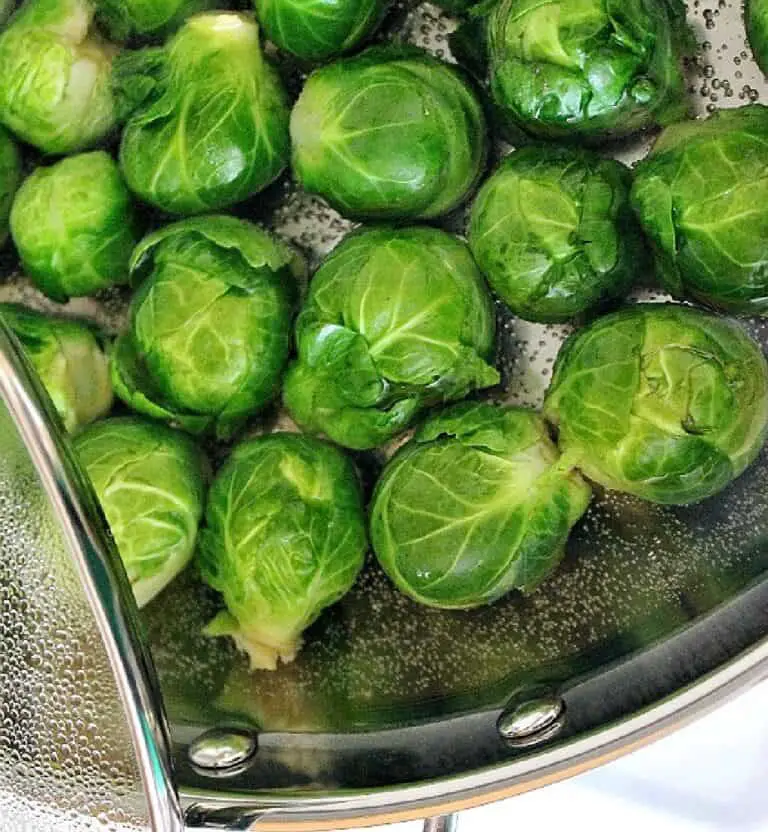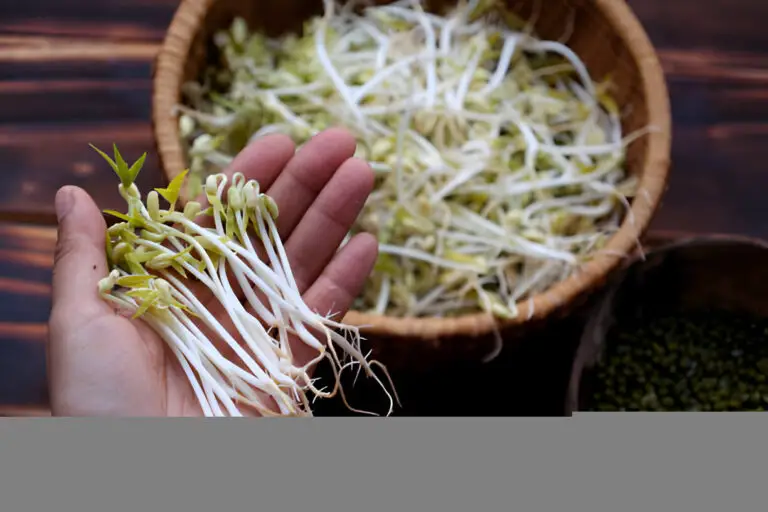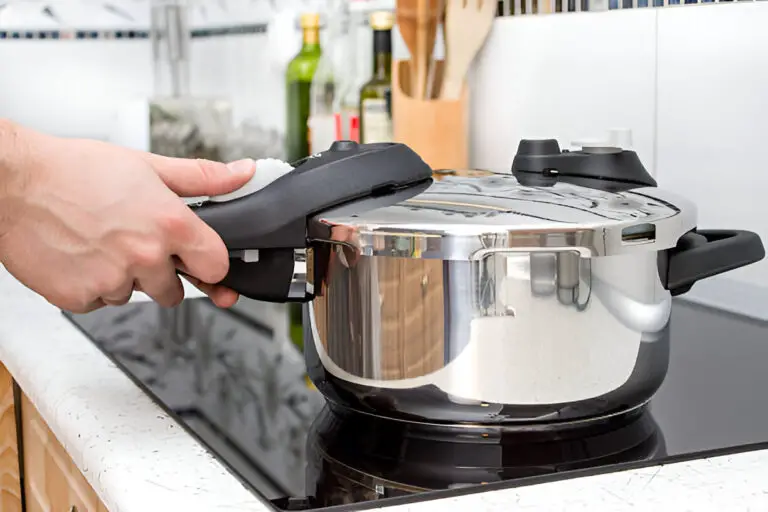Why Your All-Purpose Flour Sourdough Starter Isn’t Rising—and How to Fix It!
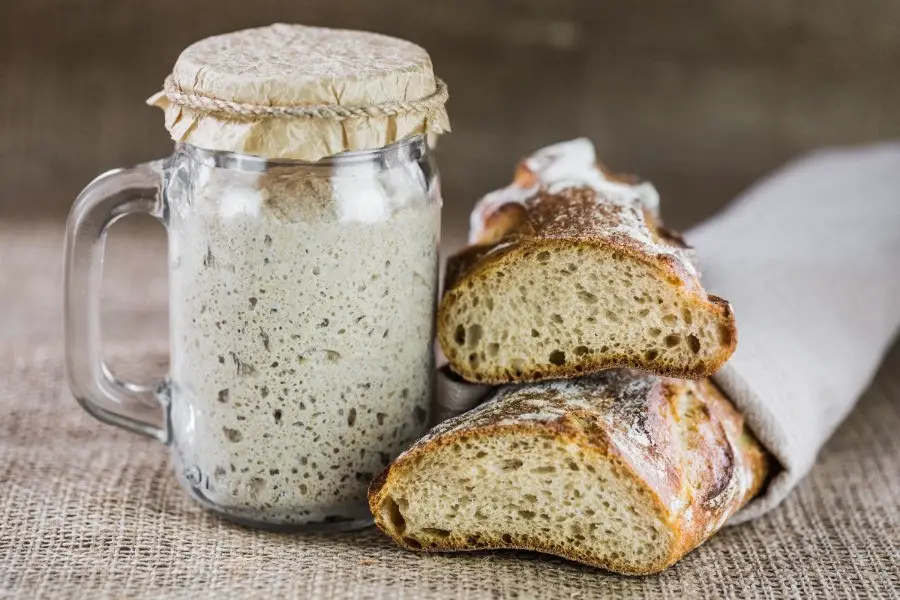
Ah, the allure of sourdough! There’s something magical about cultivating a living organism in your kitchen. The bubbling starter, the tangy aroma, and that satisfying rise as your bread transforms from humble dough into a crusty loaf. But let me tell you, nothing can burst that bubble of excitement quite like peering into your jar of all-purpose flour sourdough starter and finding it as flat as a pancake.
Trust me, I’ve been there. It’s like expecting a grand fireworks show and getting a damp sparkler instead.
So, why isn’t your all-purpose flour sourdough starter rising? I’ll break down the common culprits, help you troubleshoot, and offer solutions to get your starter back on the rise.
Understanding Your Sourdough Starter
First, let’s take a moment to appreciate what a sourdough starter actually is. It’s a mixture of flour and water that captures wild yeast and bacteria from the environment. Think of it as a little ecosystem thriving in your kitchen. As it ferments, the yeast feeds on the flour, producing carbon dioxide, which causes your starter to rise.
So, when I find my starter stubbornly sitting at the bottom of the jar, I know something has gone awry in this tiny world.
All-Purpose Flour: The Versatile Hero
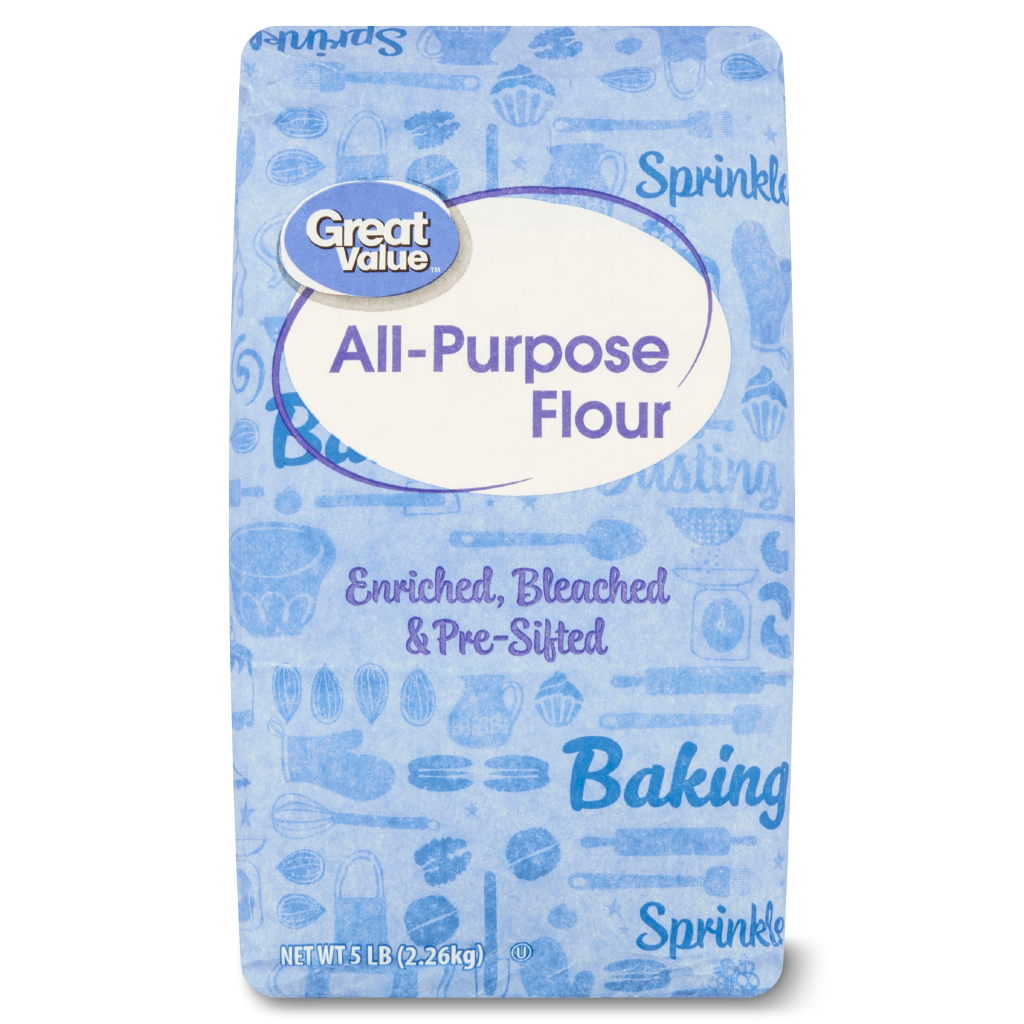
All-purpose flour (AP flour) is like that reliable friend who always shows up to help. It’s versatile, easy to find, and often the go-to for many home bakers. While some may argue that using bread flour is superior for sourdough starters due to its higher protein content, all-purpose flour has its own set of perks.
Benefits of Using All-Purpose Flour
- Availability: AP flour is readily available in most grocery stores. If you’re like me, you probably have a bag stashed in your pantry right now.
- Ease of Use: It’s straightforward to work with. No special techniques required—just mix it with water, and you’re good to go.
- Great for Beginners: If you’re just starting out, all-purpose flour gives you a great entry point. You can always experiment with different flours later as your skills grow.
- Cost-Effective: AP flour tends to be more budget-friendly compared to specialty flours, making it an economical choice for those just starting on their sourdough journey.
Why Your All-Purpose Flour Sourdough Starter Isn’t Rising?
When your sourdough starter refuses to rise, it can be frustrating. But understanding the underlying science can help you troubleshoot effectively. Here are some common reasons your all-purpose flour sourdough starter might be lagging behind:
1. Not Enough Yeast Activity
Sometimes, your starter might simply lack the wild yeast needed for a good rise. This can happen for several reasons:
- New Starter: If you’ve just started your sourdough journey, your starter may not have established enough yeast yet.
- Cold Environment: Yeast loves warmth! If your kitchen is chilly, it could slow down the yeast activity.
2. Feeding Issues
Just like we need food to thrive, so does your starter. Improper feeding can lead to a sluggish starter.
- Wrong Ratios: If you’re not using the right flour-to-water ratio, your starter might not get the nutrients it needs.
- Infrequent Feedings: If I’ve forgotten to feed my starter for a few days, I can almost hear it crying out for nourishment.
3. Inadequate Hydration
Flour absorbs water, and if your mixture is too dry, the yeast won’t flourish.
- Too Much Flour: An overly thick starter will struggle to rise. If the dough resembles more of a paste than a batter, it’s time to add some water.
- Flour Type: While I love using all-purpose flour, its protein content isn’t as high as bread flour. This can affect the structure and hydration of your starter.
4. Contamination
If your starter is contaminated with unwanted bacteria or mold, it could inhibit the yeast from doing its job.
- Old Tools: Using dirty utensils or containers can introduce contaminants. Always keep your tools clean!
- Environmental Factors: Dust or insects might sneak into your starter, compromising its health.
| Check out: Is Unbleached All-Purpose Flour Gluten-Free? |
Troubleshooting Your Sourdough Starter
Now that we’ve identified the potential issues, let’s dive into some practical troubleshooting steps.
Check the Temperature
Solution: Place your starter in a warm spot. Ideally, you want it around 75-85°F (24-29°C). You can use a heating pad or even the oven with just the light on to create a cozy environment.
| Temperature | Yeast Activity |
| Below 70°F (21°C) | Slow yeast activity |
| 70°F – 75°F (21°C – 24°C) | Moderate yeast activity |
| Above 75°F (24°C) | Optimal yeast activity |
Adjust Your Feeding Routine
Solution: Make sure you’re feeding your starter at the right intervals and with the correct ratios. A good starting point is to feed it once every 12 hours.
- Typical Ratio: I find a feeding ratio of 1:1:1 (equal parts starter, water, and flour) works wonders.
- Consistency: Aim for a pancake batter-like consistency. If it’s too thick, add a splash of water!
Hydration Level
Solution: If your starter feels too thick, try adding more water during your next feeding. Aim for around 100% hydration if you want a looser texture.
Cleanliness is Key
Solution: Use clean utensils and containers. A little soap and hot water do wonders to keep things sanitary. And remember, if you notice any unusual colors or smells (like something sour that’s not the good kind), it’s time to toss the starter and start anew.
My Personal Sourdough Journey: Lessons Learned
When I first started with sourdough, I had a few encounters with stubborn starters that just wouldn’t rise. I remember one particularly frustrating week when my starter seemed more like a science experiment gone wrong than a promising future loaf of bread. I neglected it for too long, and it became a soupy mess.
I realized the importance of consistency in feeding. Once I set a reminder on my phone, my starter became much more lively. Now, I treat it like a pet—regular feedings, a warm spot to nap, and plenty of love.
When to Give Up on Your Starter
Let’s be real—sometimes, despite our best efforts, a sourdough starter just won’t rise. If your starter has developed an off smell, shows signs of mold, or hasn’t risen after a few feedings, it may be time to start fresh. Here’s a quick checklist:
| Signs to Look For | Action |
| Unpleasant odors | Discard and start anew |
| Mold present | Toss it and clean thoroughly |
| No rise after 2-3 feedings | Consider starting over |
The Sweet Rewards of a Healthy Sourdough Starter
After all that troubleshooting, the joy of seeing your starter bubbling away and rising to the occasion is unmatched. The first time I saw my all-purpose flour sourdough starter practically bursting out of its jar, I felt like I had just won the lottery.
That moment of triumph translated into beautifully risen loaves that filled my home with warmth and the intoxicating smell of freshly baked bread. There’s nothing quite like slicing into a loaf and witnessing that perfect open crumb structure. It’s proof that persistence pays off!
Final Thoughts: Your Sourdough Starter Journey
Sourdough is a journey—one filled with learning curves, triumphs, and sometimes, flat starters. But with a little understanding of how your starter works and some TLC, you can troubleshoot effectively and bring it back to life.
If your all-purpose flour sourdough starter isn’t rising, don’t lose hope! Adjust your feeding, check the environment, and give it the care it needs. Soon enough, you’ll be on your way to baking delicious bread that fills your kitchen with the aroma of homemade goodness. Happy baking!

